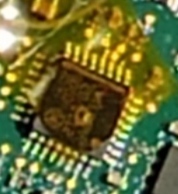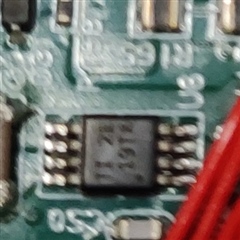Hello,
I have Doubts regarding MPN-TPS7B8150QDGNRQ1.
Our Requirement is : Input:(6-36V), Output- 5V, 20mA Ambient Temperature-(-40 - 105degC)
1) Since I am using this circuit for wake-up supply so I connected EN Pin directly to input. So I want to ask what is the maximum current in the enable pin so that this pin will not damage.
2) I check this IC for Overload Condition at 25degC , so through electronic load I increase the current & at 210mA the output of the IC drops & when I observe the temperature of this IC for 10 minutes it is around 100.6degC. This temperature is at the top of IC. So can you please help me that how can I find out the junction temperature of this IC at overload condition. Input voltage at this condition is 24V.
See the below graph for overload condition.

3) I also check this IC for thermal shutdown condition at 105degC ambient. Again I increase the current & at 102mA the output of IC drops & when I observe the temperature of the IC for 10 minutes it is around 127.6degC. This temperature is at the top of IC. So can you please help me that how can I find out the junction temperature of this IC at thermal shutdown condition. Input voltage at this condition is 24V.
I tried Finding the junction temperature at thermal shutdown condition by below formula

If I consider the junction to case thermal resistance -50.2degC/W as per datasheet, According to my calculation the power dissipation is 2.842W and top temperature is 127.6 degC then the junction temperature at thermal shutdown condition is 270.28degC & In the datasheet it is mentioned that the thermal shutdown temperature is 175degC.
I calculated the power dissipation in case of thermal shutdown as Pd = (Vin-Vout)*Iout = (24-0.314)* 0.102 = 2.842W
Can you please where I am wrong in this calculation. Please find the below graph at thermal shutdown condition.

4) If you observe the overload condition reaches at 210mA & Thermal shutdown condition is at 102mA so why this much current difference in both the case. Can you please give me the solid reason regarding this.
If this is related to the thermal resistance so can you please provide me that value.
I hope to get a helpful revert.
Regards,
Ajay Sahu.




